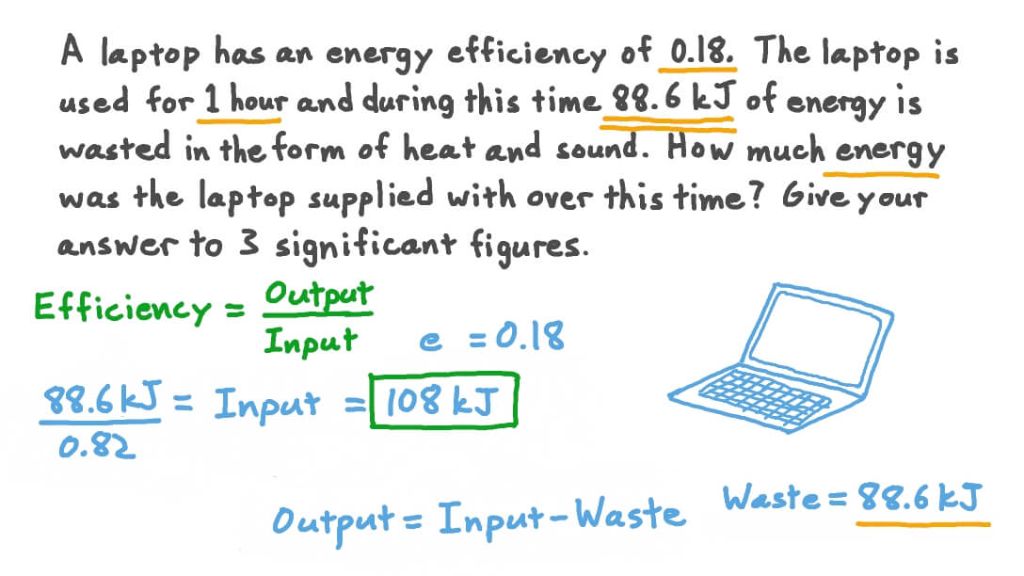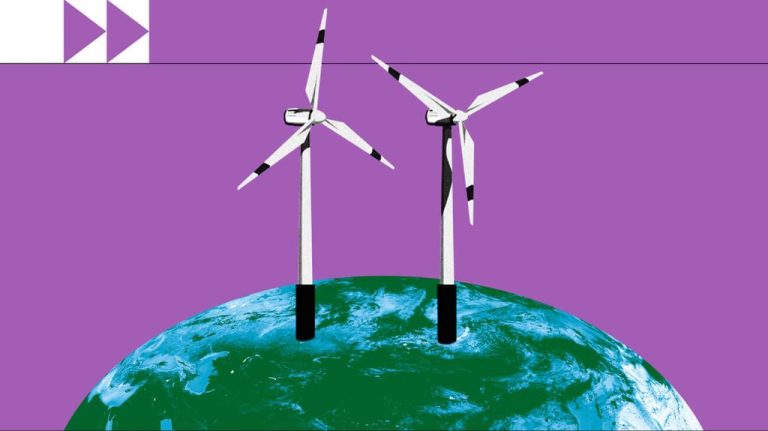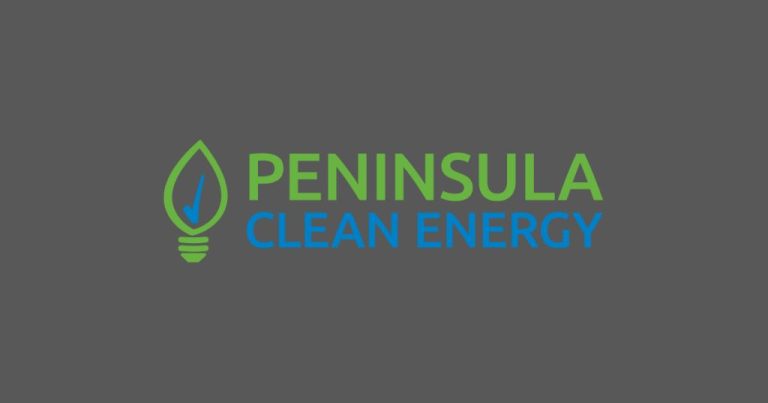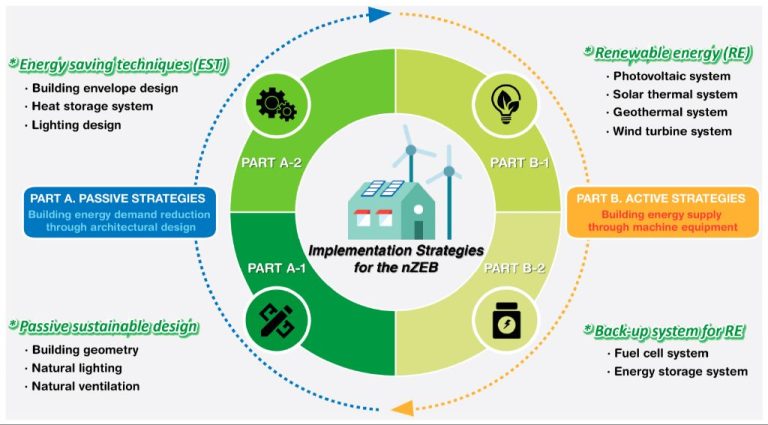How Can We Solve Energy Efficiency Problems?
The Challenges of Energy Efficiency

Adopting new energy efficient technologies and practices often faces significant barriers and challenges. One of the biggest is the high upfront costs of many energy efficient technologies and building retrofits (Kleinman Energy, 2021). The initial investment required can be prohibitively expensive for households, businesses, and organizations without extra capital on hand. This prevents many from transitioning to more efficient systems despite the potential long-term cost savings.
There is also a lack of information and incentives around energy efficient options. Many people are simply unaware of the available technologies or do not have access to the necessary information on costs, benefits, and payback periods to make informed adoption decisions (Cristino, 2021). Additionally, insufficient incentives from local, state, and federal entities reduce motivation to take on the high up-front costs.
Finally, old and inefficient infrastructure across cities further hinders progress on efficiency. Upgrading buildings, electricity grids, and heating/cooling systems built decades ago requires massive coordinated investments. Overcoming these challenges of upfront costs, information gaps, and aging infrastructure is key to unlocking greater energy efficiency.
Policy Solutions
Governments at the federal, state, and local levels have implemented various policies to encourage greater energy efficiency. Some key policy approaches include:
Rebates and tax incentives for efficiency upgrades: Programs like the federal ENERGY STAR program provide rebates for purchasing energy efficient appliances and equipment. Many states and utilities also offer rebates for weatherization, HVAC upgrades, smart thermostats, and more. Tax credits can further offset the costs of major efficiency investments like insulation, window replacements, and solar panels. For example, see the U.S. Department of Energy’s database of state and local energy efficiency policies and programs.
Stricter building codes and appliance standards: Building codes specify minimum energy efficiency standards for new construction and major renovations. For example, commercial buildings must meet ASHRAE 90.1 standards. The federal government and some states have also established minimum efficiency standards for appliances like refrigerators, washing machines, and light bulbs.
Public awareness campaigns: Programs like ENERGY STAR and EnergySaver raise awareness of energy efficiency opportunities and benefits through consumer education campaigns, product labeling, and awards for efficiency leaders. Many utilities also run multimedia campaigns to educate their customers.
Emerging Technologies
Advancements in technology are enabling new ways to improve energy efficiency in homes and businesses. Some of the key emerging technologies helping to increase efficiency include:
Smart thermostats and appliances that can connect to the internet and be controlled remotely, like those made by Nest and Ecobee. These allow users to adjust temperature settings and appliance use from their phones, optimizing energy use when a home or building is unoccupied. Studies have found smart thermostats can reduce heating and cooling costs by 8-15% (Overview of Energy-Efficient Technologies).
LED lighting that uses up to 90% less energy and can last years longer than traditional incandescent bulbs (Energy Efficiency Technologies). LEDs give superior lighting quality and can be combined with adaptive controls and sensors to dim or turn off lights when not needed.
Advanced insulation materials such as aerogel that are thin, lightweight, and extremely effective at preventing heat transfer. Well-insulated buildings can dramatically reduce heating and cooling needs. One study found 30-70% heating savings from high performance insulation (Emerging Technologies | ACEEE).
The Role of Utilities
Utilities play a major part in driving energy efficiency through programs aimed at customers as well as optimizing the grid itself. Many utilities now offer home energy audits to identify efficiency opportunities as well as rebates on energy efficient appliances and weatherization upgrades to help offset costs for customers (Energy Efficiency Programs Offered by Utilities). On the operations side, utilities are leveraging data analytics on energy usage and grid patterns to optimize energy delivery and reduce waste (Utilities Program | ACEEE). Time-based pricing programs that charge different rates based on energy demand also help shape customer behavior for more efficient energy use. When utilities make energy efficiency a priority through customer incentives as well as grid optimization, it can drive broader changes in how we consume and deliver electricity.
Business Best Practices
There are various best practices businesses can implement to improve energy efficiency. Three key areas to focus on are energy tracking and management systems, retrocommissioning facilities, and efficiency training for employees.
Energy tracking and management systems allow businesses to monitor their energy usage in real-time and identify opportunities for savings. These systems connect meters, sensors, and analytical software to provide actionable data. Companies can detect anomalies, optimize systems, and inform maintenance decisions with the insights provided.
Retrocommissioning involves conducting a whole-building system assessment to optimize equipment, controls, and sequences of operation. Retrocommissioning identifies low-cost operational and maintenance improvements that can yield 5-15% energy savings with quick payback periods (EPA, 2015).
Training employees on energy-efficient practices can also drive significant savings through changes in daily habits and operations. Staff training should cover best practices for lighting, HVAC systems, plug loads, and industrial equipment relevant to each business. Engaging staff in energy goals creates a culture of conservation.
Optimizing Buildings
The building sector accounts for nearly 40% of global energy consumption and contributes to approximately 1/3 of global greenhouse gas emissions. There is significant opportunity to optimize the efficiency of existing buildings through upgrades to major systems like HVAC, lighting, and windows. Conventional building HVAC systems typically use around 40% of a building’s overall energy consumption. By installing energy-efficient heating, ventilation and air conditioning (HVAC) equipment like variable refrigerant flow (VRF) systems, buildings can drastically reduce heating and cooling loads.[1] Replacing outdated fluorescent and incandescent lighting with LED fixtures that use 50-70% less energy for the same lumen output is another impactful upgrade. Another opportunity is retrofitting windows with low-emissivity coatings that reduce heat transfer and installing smart control systems that automatically adjust shades based on sunlight exposure.[2]
Building automation systems help optimize energy use by continuously monitoring equipment performance and enabling real-time adjustments to lighting, temperature, ventilation, etc. These systems can reduce building energy consumption by 10-30%.[3] Installing onsite renewable energy systems like solar PV and wind also allows buildings to generate clean energy and further reduce grid dependence. With a combination of equipment upgrades, automation, and onsite generation, existing buildings can significantly improve efficiency, lower energy costs, and reduce environmental impact.
[1] https://www.wbdg.org/design-objectives/sustainable/optimize-energy-use
[2] https://proptechos.com/operational-efficiency/building-optimization/
[3] https://www.deos-ag.com/en/blog/energy-optimisation-in-existing-buildings/
Improving Manufacturing
The manufacturing sector offers significant opportunities for energy efficiency improvements. By implementing more efficient processes, manufacturers can reduce energy waste and costs while maintaining or increasing production levels.
One major area of focus is waste heat recovery systems. Industrial processes generate large amounts of excess heat that is typically vented into the atmosphere. Capturing and reusing this waste heat can reduce the need to burn additional fuel. Waste heat can be used to preheat boilers, heat buildings, or generate electricity.1
Process optimization is another strategy for boosting efficiency. Upgrading equipment, adding sensors and controls, and improving maintenance practices allow processes to operate more efficiently. Optimizing process integration to reuse byproducts can also cut down on waste.
Combined heat and power (CHP) systems generate electricity on-site while capturing heat for other applications. By producing heat and power together, CHP can achieve efficiency gains of over 80%, compared to 45-50% for conventional generation.1 Widespread adoption of CHP and waste heat recovery could reduce manufacturing energy usage by up to 25%.1
Driving Less
One of the most impactful ways to increase energy efficiency is to reduce the amount we drive. Transportation accounts for nearly 30% of total U.S. energy consumption, so cutting back on driving can make a major difference.
Expanding and improving public transportation infrastructure encourages people to take buses, subways, light rail, and other shared transit options rather than driving alone. Investing in convenient, affordable, and accessible public transit reduces individual vehicle miles traveled. Cities like London, Singapore, and Tokyo demonstrate the viability of people opting for public transit over driving. (Driving More Efficiently, n.d.)
Ride sharing services like Uber and Lyft also decrease the need for personal car ownership and individual trips. Shared rides greatly improve efficiency by combining multiple passengers in one vehicle. Studies show ride sharing reduces vehicle miles traveled in cities by 6-10%. (Techniques for Drivers to Conserve Fuel, n.d.)
Remote work policies that allow employees to work from home are another key strategy. With fewer commutes to physical offices, individual driving is significantly reduced. During the COVID-19 pandemic, remote work surged dramatically. Maintaining flexible remote work options can sustain lower driving levels and boost energy efficiency.
Consumer Choices
Consumers can make choices in their everyday lives to improve energy efficiency in their homes and reduce consumption. One simple step is to purchase ENERGY STAR certified appliances and electronics, which meet strict efficiency guidelines set by the EPA. Replacing an old refrigerator or washing machine with an ENERGY STAR model can save over $30 a year in utility costs.
Using smart power strips is another easy way to cut energy waste – they can automatically shut off power to devices in standby mode. Consumers Energy recommends plugging in electronics like TVs, game consoles, and computer peripherals into smart strips. Properly maintaining equipment like HVAC systems through regular filter changes and having them professionally serviced also optimizes efficiency.
The Future of Efficiency
As we look to the future, emerging technologies and innovations will be key for continuing to improve energy efficiency. Two areas that show great promise are integrating renewable energy and vehicle-to-grid (V2G) technology.
With the growth of renewable energy from sources like wind and solar, effectively integrating these resources into the grid will be critical for realizing efficiency gains. As reported by the American Council for an Energy-Efficient Economy, optimizing renewables in a high renewable energy future will require advances in areas like forecasting, storage, and load flexibility (ACEEE).
V2G technology allows electric vehicles to put power back into the grid when not being driven. As Stanford researchers have noted, V2G can act as a storage buffer to absorb excess renewable energy and improve reliability (Stanford News). Widespread adoption of V2G has the potential to provide grid stabilization benefits and unlock major efficiency gains.
Additionally, artificial intelligence and advanced data analytics can help optimize energy use across buildings, the grid, and other systems. As reported by Forbes, AI has the capability to recover significant amounts of excess heat and drive efficiency to the next level (Forbes).





